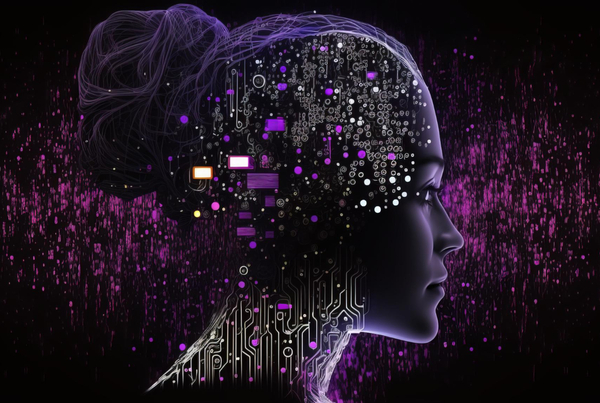Security risks increase in tandem with the development of new technologies. The discipline of cybersecurity is evolving rapidly in response to new risks. These are six forecasts about how cybersecurity will develop and impact our digital lives in the year 2023.
- Solutions for cyber security are getting better all the time, but in 2023 we’ll see even more cutting-edge AI/ML-based options. Cyberattacks can be detected and avoided with the help of artificial intelligence (AI) and machine learning (ML). Due to their ability to rapidly evaluate millions of events and identify a wide variety of threats including malware, zero-day vulnerabilities, phishing attacks, etc., AI and ML have become indispensable in the field of information security.
- The number of automated cyberattacks has been growing steadily over the past few years, and this trend is predicted to persist through 2023. Automatic assaults require less time and resources to initiate, making them more appealing to criminal actors. So, in 2023, we can anticipate a rise in the frequency of automated assaults like ransomware, phishing, and DoS. Security procedures will be sped up with automation, and IT staff will have less work to do as a result.
- Constraints imposed by the state: In 2023, governments around the world are likely to enact stricter legislation to safeguard citizens and businesses from cyber attacks. India also just announced a new version of their Data Protection Bill, which lowers barriers to sharing data across borders and toughens penalties for violations. Organizations will be better able to safeguard their data and networks if such rules are in place.
- The Future of Cloud Security: The year 2023 will see continued growth in the use of cloud services. Stronger security solutions will be required to safeguard more and more cloud-based services. To guarantee the safety of data kept in the cloud, security solutions will need to become more sophisticated and all-encompassing. The demand for cloud security services, such as encryption solutions, to safeguard private data kept on cloud servers from prying eyes will only increase in 2023 as the number of people using the cloud continues to rise. Next year, cloud security services will be in high demand as more and more businesses realize the importance of protecting their data in the cloud as well as on-premises.
- An Increase in Vehicle Hacking: Unauthorized access to a vehicle’s computers has increased along with the widespread adoption of mobility and the Internet of Things. Because of their reliance on wireless networking technologies like Bluetooth and Wi-Fi, automobiles are easy targets for cybercriminals. While the convenience of today’s connected cars is undeniable, it also means that keeping your vehicle safe requires more than just locking the doors. This means that going future, manufacturers need to take action to boost car cybersecurity.
- The potential impact of OpenAI’s ChatGPT, which is currently trending all around the world, will be fascinating to see (both positive and negative). The dangers posed by AI are not new, but the examples shown on ChatGPT are particularly disturbing. Because ChatGPT can create phishing emails that sound authentic, many security experts predict that it will be widely adopted by cybercriminals. This is especially true of people who are not native English speakers. The future of ChatGPT depends on how it is implemented and the goals of its users, making its use impossible to foresee. Even so, it’s crucial to think about the hazards and take precautions as needed. When it comes to potential security issues, the sector cannot sit on its hands. Vendors of cyber defenses will have to take preventative measures by deploying artificial intelligence (AI) based solutions that analyze user behavior in order to identify the AI-generated assault.








